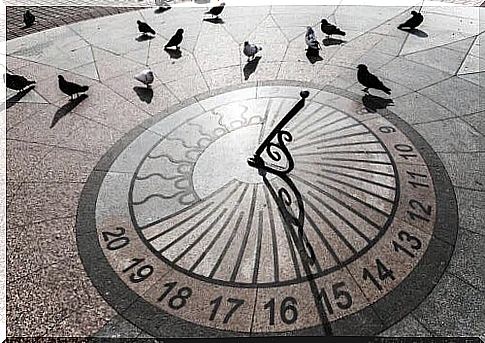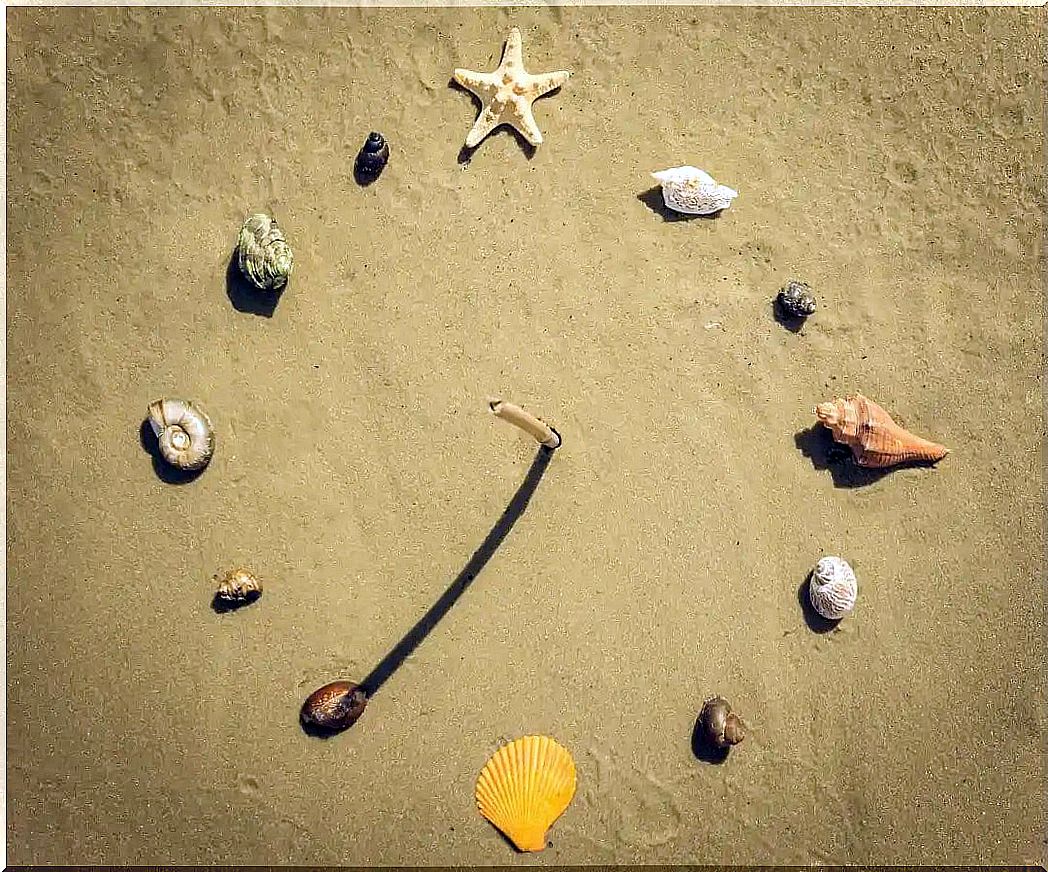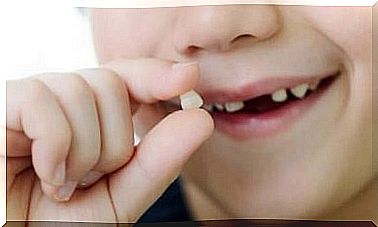How To Make A Homemade Sundial

The passing of time and time are difficult topics for children to understand, so we are going to present a solution: a tutorial on how to make a homemade sundial, a simple and very useful device to explain this complex subject.
The task is easy and you only need items that you already have at home, in addition to the desire to work and play. Organize the task and start on time!
Step by step to make a homemade sundial
The sundial is composed of two parts: the base, where the hours are marked, and the gnomon, which is the element used to make the shadow. If we learn to read what the sun tells us, we will be able to know the time without having to look at the clock. According to the age of the children, choose from the models presented below.
sundial on wood
This activity is suitable for children over 10 years old, as it is necessary to use a heavy tool such as a hammer, which, in addition, must be handled safely.

Materials:
- 1 wooden board.
- 1 long nail.
- Hammer.
- Pencil
- Ruler.
- Clock
Step by step:
- Find a flat, sunny spot.
- Place the board on the floor and place the nail in the center, which will be the clock gnomon.
- At the start of the hour, make a mark on the part of the wood where the shadow of the nail is visible.
- Repeat every hour until dark.
- Join the marks together by drawing lines toward the center with a pencil and ruler.
- Now your homemade sundial is ready!
sundial made of paper
If you have young children, they will love this simple-to-make model. All necessary items are safe and easy to obtain.
Materials:
- 1 disposable plate.
- Pencil.
- Glue.
- Model of a clock.
Step by step:
- Search online for a round watch model to download and print.
- Glue the paper with the printed template to the back of the plate.
- Mark the center and glue the pencil to the flat part.
- Take the plate outside and place it on a flat surface.
- Orient the dish so that the shadow matches the time of the moment.
- The shadow of the pencil (gnomon) will move through the hours as time passes. This way, children will be able to know the time, even if this watch does not have hands.
a sundial in the garden
A really fun way to make a sundial is to mark it on the ground or lawn in your garden. For that, you’ll need elements that you’re sure to find at home.
Materials:
- A stick or straight wood about 40 centimeters long.
- Small stones.

Step by step:
- Find a flat spot in your garden.
- Drive the wooden stick into the ground.
- Wake up the children at 7 am and mark with a stone where the shadow of the stick is in the grass.
- Return every hour and mark with one of the stones. Repeat the procedure until the end of the day.
- When night falls, you’ll have your sundial on the lawn in the garden!
Why make a homemade sundial?
With this activity you can explain various topics of geography. Some of the concepts that children can learn are as follows:
- The sun rises in the east and sets in the west, and shadows evolve accordingly. At dawn, the gnomon’s shadow is long and sticks out to the west. It will then shorten and rotate north to indicate noon. From then on, the shadow turns to the east and stretches again. This is produced by the Earth’s rotation throughout the day, which causes the hours to pass and the shadows shift.
- There is an information that cannot be known with modern clocks and that only a sundial can provide: knowing which season of the year we are. This change is caused by the Earth’s translational movement. In winter, days are shorter and shadows are longer. For example, the summer solstice day is the day of the shortest shadows.
Just as we’ve already explained ways to make a wind gauge and compass, today we present this new project for you to enjoy with your kids. The idea is to learn how to make a homemade clock and also be able to use it to explain some school topics more easily. Get to work!








